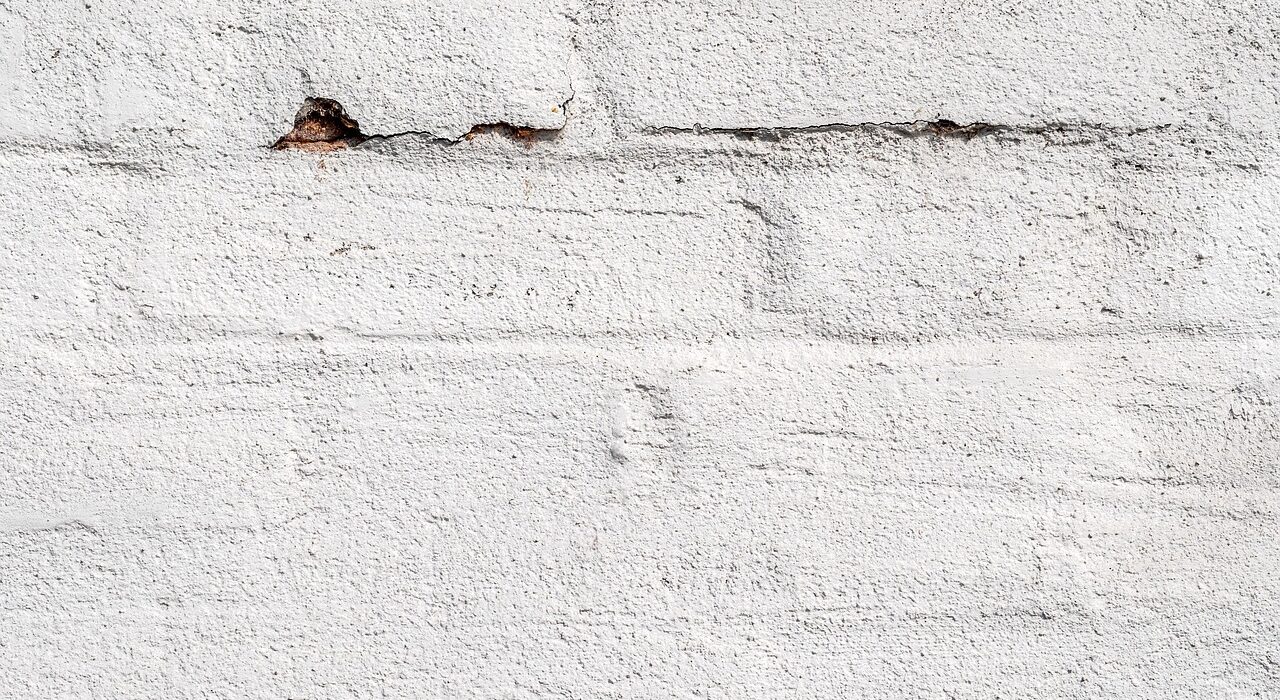Homeowners often encounter cracks in their walls, and while small cracks may be a common occurrence, understanding how to address them is essential. This guide will walk you through the process of fixing cracks in various wall materials such as drywall, concrete, and plaster.
How to Fix Cracks in Drywall:
Drywall, a prevalent material for interior walls, can develop cracks over time. Here’s a step-by-step process to repair small cracks:
1.Choose the Right Joint Compound:
– Opt for a premixed or ‘setting-type’ joint compound available at hardware stores.
2. Prepare the Crack:
– Cut a V-notch along the crack to create a groove for the joint compound.
3. Clean the Area:
– Remove debris and dust from the crack area to ensure proper adhesion.
4. Apply Joint Compound:
– Spread a thin layer of joint compound evenly over the crack.
5. Multiple Coats:
– Apply as many coats as needed, allowing each coat to dry between applications.
6. Drying Time:
– Allow at least 24 hours for the joint compound to dry.
7. Smooth the Surface:
– Use sandpaper to smooth any rough spots or excess compound.
8. Painting:
– Finish by painting over the repaired area to match the surrounding wall.
Repairing Cracks in Concrete Walls:
Concrete walls, commonly found in basements and garages, can develop cracks due to various factors. Follow these steps to fix concrete wall cracks:
1. Widen the Crack:
– Use a chisel or hammer to slightly widen the crack.
2. Clean the Area:
– Remove loose debris with a wire brush.
3. Prime with Bonding Adhesive:
– Prime the cracked area with a bonding adhesive using an old paintbrush.
4. Apply Concrete Patch:
– Use a putty knife to apply multiple coats of concrete patch, making it level with the wall.
5. Finishing Touch:
– Ensure the repair blends seamlessly with the rest of the wall.
Addressing Cracks in Plaster Walls:
Plaster walls, common in older homes, require a specific approach. Here’s how to repair cracks in plaster walls:
1. Check Plaster Stability:
– Gently press on the wall to assess plaster stability.
2. Clean and Widen:
– Clean the area and use a putty knife to widen the crack.
3. Apply Joint Compound:
– Spread joint compound over the crack, ensuring complete filling.
4. Use Fibreglass Mesh Tape:
– For larger cracks, apply self-adhesive fibreglass mesh tape before plaster.
5. Layering:
– Apply 2-3 layers of compound over the taped area.
6. Painting:
– Paint over the patched area to match the rest of the wall.
Taking a proactive approach to fixing cracks in walls is essential for maintaining the structural integrity and aesthetic appeal of your home. Whether dealing with drywall, concrete, or plaster, following these steps will help you tackle the issue effectively. If in doubt, consult with a professional for more extensive or concerning cracks.

